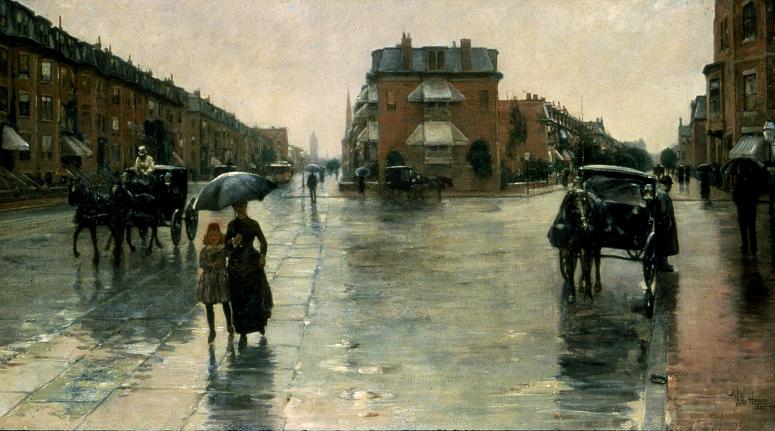Toledo Museum of Art. The Toledo Museum of Art is an internationally known art museum located in the Old West End neighborhood of Toledo, Ohio, United States. It houses a collection of more than 30,000 objects. The museum was founded by Toledo glassmaker Edward Drummond Libbey in 1901, and moved to its current location, a Greek revival building designed by Edward B. Green and Harry W. Wachter, in 1912. The main building was expanded twice, in the 1920s and 1930s. Other buildings were added in the 1990s and 2006. Effective July 1, 2019 John Stanley is serving as the interim director as the board conducts an international search for the 10th director. The museum holds major collections of glass art and of 19th-and 20th-century European and American art, as well as small but distinguished collections of Renaissance, Greek, Roman and Japanese art. Notable individual works include Peter Paul Rubens's The Crowning of Saint Catherine; Fragonard's Blind Man's Bluff; Vincent van Gogh's Houses at Auvers; minor works by Rembrandt and El Greco; and modern works by Willem de Kooning, Henry Moore, and Sol LeWitt. Other artists in the permanent collection include Holbein, Cole, Cropsey, Turner, Tissot, Degas, Monet, Cezanne, Matisse, Miro, Picasso, Calder, Bearden, Close, and Kiefer. The museum bought the Rubens painting, The Crowning of Saint Catherine, from Albert Koppel in 1950. Rubens had originally painted it for the church of the Augustinians in Mechelen where it was installed in 1631. In the eighteenth century, the church authorities sold it to a dealer; in 1779, it was purchased by the 5th Duke of Rutland. It remained as part of the Rutland estate until 1911 when the 8th Duke of Rutland sold it to the German-Jewish banker and science entrepreneur Leopold Koppel. On Koppel's death in 1933, it was stolen by senior Nazi Hermann Goring for his private collection. At the end of World War II it was discovered by American troops in a salt mine and was eventually reclaimed, with several other paintings, by Leopold's son Albert. The painting is among the 360 objects in the museum's collection that changed hands in Continental Europe during the Nazi era, according to the American Alliance of Museums Nazi-Era Provenance Internet Portal. The Peristyle, a 1,750-seat concert hall in the east wing, is the principal concert space for the Toledo Symphony Orchestra and hosts the Museum's Masters series. Added in 1933, it was designed in classical style to match the museum's exterior. Seating is divided into floor and riser seating, with the riser seating arranged in a half-circle, similar to a Greek theater. At the back of the riser seating are 28 Ionic columns that give the concert hall its name. A sculpture garden containing primarily postwar works was added in 2001; it runs in a narrow band along the museum's Monroe Street facade. A Center for the Visual Arts, designed by Frank Gehry, was added in the 1990s. It includes the museum's library as well as studio, office, and classroom space for the art department of the University of Toledo. In 2000, the museum chose the architectural firm of SANAA to design a new building to house the institution's glass collection. It was the firm's first commission in the United States. Front Inc. was appointed to assist the architects in developing technical concepts for the glass wall systems. Much of the money to build the Glass Pavilion came through the largest public fundraising drive in Toledo's history. The building's curved glass walls were imported from China.
more...














